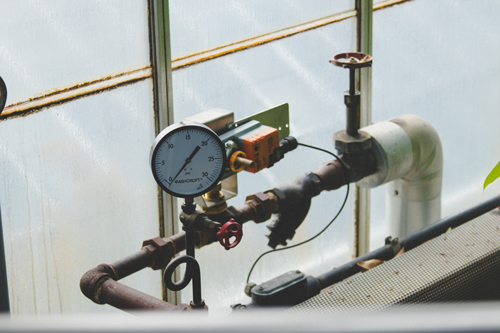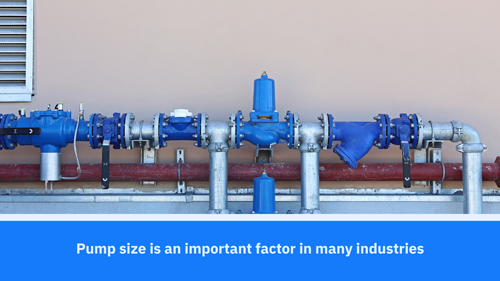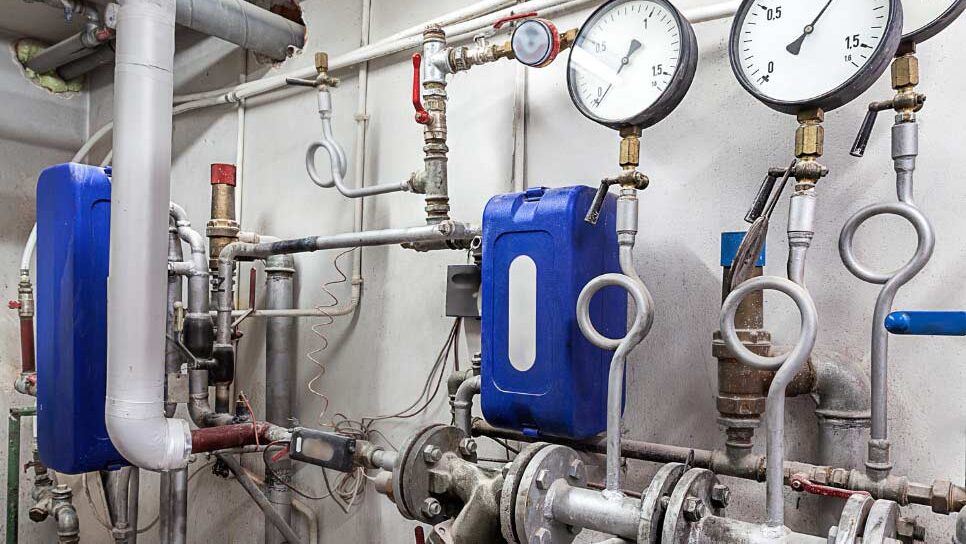Pump Size: 4 Practical Tips on How to Size Correctly
Sanitary pumps move fluids from one point to another.
Indeed, a properly sized pump is key to ensuring a pump functions as intended and delivers the appropriate flow rate and pressure.
Pump size is an important factor in many industries, from food and beverage processing to pharmaceuticals. To maintain operational efficiency and quality, it’s crucial to select the right pump size for the specific application.
When it comes to pump size errors, the most common issue is that it’s oversized. You can tell that this is the case if:
- There’s excessive flow noise caused by flow-induced pipe vibrations
- You’ve resorted to excessive throttling (using throttle valves) to control flow
- You’re frequently replacing mechanical seals and bearings
- Your system has a large number of open by-pass valves
Oversizing or undersizing a pump can lead to issues such as:
- Pump cavitation
- Increased energy costs
- Increased maintenance costs
- Decreased pump life
- Loss in productivity
Therefore, it’s imperative that you consider several critical factors involved in pump selection to ensure proper sizing. Some of these factors include:
- The type/viscosity of the fluid
- The desired flow rate
- The differential pressure
After taking into account these and other factors, you’ll be able to select the pump size that best meets your needs.
1 – Consider Flow Rate and Friction Loss

Flow rate refers to the volume of fluid being moved by a pump in a particular frame of time. It’s usually denoted in gallons per minute (GPM) or liters per second (LPS). If your pump moves 250 gallons of fluid per minute, its flow rate is 250 GPM.
Some pumps come with a flow rate meter (flowmeter). But even if your pump doesn’t have a flowmeter, you can determine its flow rate by following these steps:
- Place a container with a known volume at the pump’s outflow (e.g., a 5-gallon bucket)
- Start the timer when you begin to fill the bucket and stop it when the container gets full
- Divide the volume of the container (e.g., 5 gallons) by the time it took to fill up (e.g., 30 seconds)
The formula for calculating flow rate, as seen in Step 3, is Volume of fluid moved / Duration of flow. In the example given, the pump’s flow rate is 10 gallons per minute because it moves 5 gallons of fluid in 30 seconds (0.5 minutes).
As you consider flow rate when determining the correct pump size for your operation, remember to factor for friction loss.
Friction loss, which is part of the total head loss, refers to the resistance caused by fluid as it flows through pumps, tubes, fittings, valves and other equipment such as heat exchangers. This resistance contributes to decreased fluid velocity and reduced pumping pressure.
Operations that pump fluids with higher viscosities, such as corn and maple syrup, experience higher friction losses. Fortunately, friction loss can be addressed by:
- Minimizing the length of the piping system
- Increasing pipe diameters in the piping system
- Reducing the interior surface roughness in the piping system
- Reducing the number of obstructions in the piping systems (such as valves, fittings, elbows, and tees)
- Replacing 90 degree turns with gentle bends
2 – Determine the Required Differential Pressure

The difference in pressure at the pump inlet and outlet is what’s known as differential pressure.
Differential pressure is important because various pumps require differing pressure requirements at the inlet in order to work properly.
The Net Positive Suction Head available (NPSHa), which refers to the amount of pressure available at your pump’s inlet, is determined by several factors in your system, including:
- Valves
- Filters
- Line sizes
- Line lengths
When present before the pump, these system components affect NPSHa. Once the fluid gets into the pump, the pump’s mechanical action must create enough pressure to overcome gravity plus NPSHa.
A pump’s NPSHa must always be greater than its Net Positive Suction Head required (NPSHr) to work properly.
For instance, if using a centrifugal pump, you need to meet its recommended minimum pressure at the inlet (NPSHr) for it to:
- Add pressure to the fluid through the impeller’s constant rotational speed
- Operate efficiently when transferring the appropriate amount of energy and fluid
- Avoid cavitation (the formation of cavities or air pockets in the pump)
When it comes to centrifugal pumps, certain system changes to the pump’s discharge side can cause flow to decrease. For example, closing a discharge valve. By reducing the discharge flow, pressure increases at the pump’s outlet.
This happens because the pump’s constant impeller speed generates excess velocity energy which is then transformed into pressure energy. The result is inefficient system operation and a reduced lifespan of your pump seals.
3 – Consider the Fluid Temperature and Viscosity

Changes in temperature can affect the flow properties of fluids.
Keeping processing temperatures in mind can help you select the right pump, especially since fluids are temperature-sensitive; their flow properties typically change as temperatures do.
Temperature affects product viscosity which, in turn, affects pump performance. For example, when some food sauces are hot, they have low viscosity. But when they cool down, they thicken to high viscosity. As viscosity increases, the pump will require more power to move the same volume.
Higher viscosity also increases a pump’s internal friction. The pump must work harder to overcome this increased friction, which further reduces pump performance and efficiency.
Higher viscosity translates to a higher resistance to flow, while lower viscosity translates to a lower resistance. Consequently, high viscosity fluids are usually pumped with a positive displacement pump. In sum, viscosity can also inform pump selection.
If you’re unsure what your fluid viscosity is at its processing temperature, you can commission rheology testing before investing in a pump.
Rheology is the study of how materials flow and deform in response to applied forces. When you send a product sample for rheology testing, it’s tested in a lab, and you’re given a viscosity measurement.
Rheology testing will also let you know if pressure will affect your product’s viscosity. It’s important to know if the fluid you’re intending to pump will get thinner or thicker when under pressure or stress.
4 – Consider the System’s Configuration

When matching a pump to a system, consider the system’s configuration. The pump must physically fit in the space available and be able to connect to existing piping.
In addition, the pump must be able to pump against the back-pressure that the system will present. For example, a common pump installation tactic is to pump against a closed discharge valve.
If the pump is not properly sized for the system, it’ll be forced to operate outside of its design limits. This can cause pump damage and premature pump failure.
It’s also important to consider future system changes when sizing a pump. For example, will the system’s flow rate increase or decrease in the future?
If you anticipate an increase in flow rate, you may be able to size the pump for the future flow rate. This can save you time and money in the long run.

Proper Pump Sizing Is Crucial
Pumps are often thought of as simple devices, but proper selection and sizing are crucial for many applications.
After all, you want a pump that’s efficient and won’t incur unnecessary costs. The pump must also handle the conditions of your system, including its flow rate (fluid type, temperature, and viscosity) and its differential pressure.
For these reasons, it’s crucial that you get in touch with proven pump experts for correct sizing before purchasing and installing a pump.
The table below highlights some of the differences you can expect to find when considering pump size configurations.
| TF-C114 Centrifugal Pump | TF-C216 Centrifugal Pump | TF-C328 Centrifugal Pump | |
| Capacity | 10gpm to 125gpm | 10gpm to 250gpm* | |
| Pressure | 31 PSIG / 71.5 foot of head | 71 PSIG / 164 foot of head | 130 PSIG / 300 foot of head |
| Suction by discharge ports | 1 ½” by 1 ½” | 2” by 1 ½” | 3” by 2” |
| Viscosity | 200 cP | 200 cP | 200 cP |
| Weight | 31.25 lbs | 31.25 lbs | 31.25 lbs |
Already know what you need? Browse our centrifugal sanitary pump collection and take your pick.
Like Christy Vago, you’ll find Sanitary Fittings an excellent fit for your business:
“Quick service! Products safely packaged. Easy to find what you’re looking for! I’m going to look into a business account.”
– Christy Vago
Share on LinkedIn:


